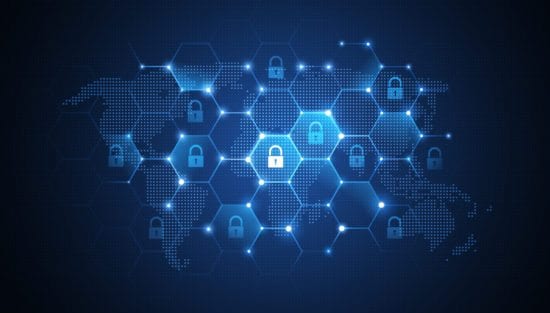Rapid technological innovations are changing our present and our perspectives for the future.
The innovative technologies such as IoT, machine learning, artificial intelligence, and big data have revolutionized the way organizations conduct business in the digital landscape.
From financial institutes to the automotive sector, industries are increasingly relying on these evolving digital technologies to create value.
These technologies help develop entirely new businesses and revenue streams or deliver a more efficient experience for consumers.
However, these new opportunities bring a radically different set of challenges, which businesses need to mitigate and manage to stay ahead in the data-driven market.
One of the severe challenges of the digital age is the growing cybersecurity risks.
At this juncture, we bring you three technological innovations and trends that will shape the future of digital security.
3 Emerging Technologies That Impact Cybersecurity
1. Quantum Computing
The present-day computers store or process information using bits represented by 0s or 1s. Whereas quantum computers leverage quantum mechanical phenomena such as superposition and entanglement to manipulate, store or process data. Quantum computing relies on qubits (quantum bits) instead of bits.
These properties allow quantum computers to spur the development of breakthroughs in artificial intelligence, machine learning and robotics, among others.
Despite the ongoing experimental progress since the early 1980s, it is believed that quantum computing is still a rather distant dream. However, scientists have made significant progress in recent years.
- In October 2019, in partnership with NASA, Google AI announced that they had performed a quantum computation that is infeasible on any classical computer.
- Likewise, researchers in UC Santa Barbara used 53 entangled qubits to solve a problem in just 200 seconds that would have taken 10,000 years on a classical supercomputer.
Nevertheless, the developments raised immediate concerns for cybersecurity experts, who claim that quantum computing could easily break the current day encryption practices.
Exports worry that the Public Key Infrastructure (PKI) systems used currently can easily collapse when public keys become vulnerable to risk by quantum computers.
However, it remains uncertain how the cybersecurity community will address these security risks.
2. 5G Technology
5G is the most anticipated technology owing to its lucrative benefits including high-bandwidth, low latencies, network slicing, and high data speeds.
Even though 5G technology is still in initial stage, the pace of development and deployment has proliferated rapidly. However, it also portrays greater security challenges.
Extremely high-speed data could make 5G devices and IoTs more susceptible to Distributed Denial of Service (DDoS) attacks.
In fact, according to a recent report, 62% of organizations are concerned that 5G could increase the risk of cyberattacks.
3. IT/OT Convergence
The rapid penetration of IoT technology has led to the convergence of two distinct domains of a business, Operational Technology (OT) and Information Technology (IT).
IT/OT convergence is the amalgamation of IT systems used for data-centric computing and OT systems used for monitoring events, processes, and devices. This brings in a host of benefits including reduced operational costs, increased manufacturing output and reduced downtime.
According to Gartner, 50% of OT service providers would collaborate with IT-centric providers for IoT offerings by 2020.
However, this trend brings a need for a new “ITOTSecOps” methodology that explicitly addresses security risks associated with IT and OT systems working together.
With IT/OT convergence, IT security teams lack visibility across their entire IT and OT infrastructure and the control over security policies.
In conclusion
Cybercriminals are leveraging innovative techniques to gain unauthorized access to networks and steal sensitive data.
The new technologies that have just emerged in the market are boon to the cybercriminals. They capitalize on the organization’s lack of understanding of how new technologies work and the security loopholes in the new technology.
So, organizations must stay abreast of the emerging trends and understand how they impact their security posture.
The opinions expressed in this post belongs to the individual contributors and do not necessarily reflect the views of Information Security Buzz.



